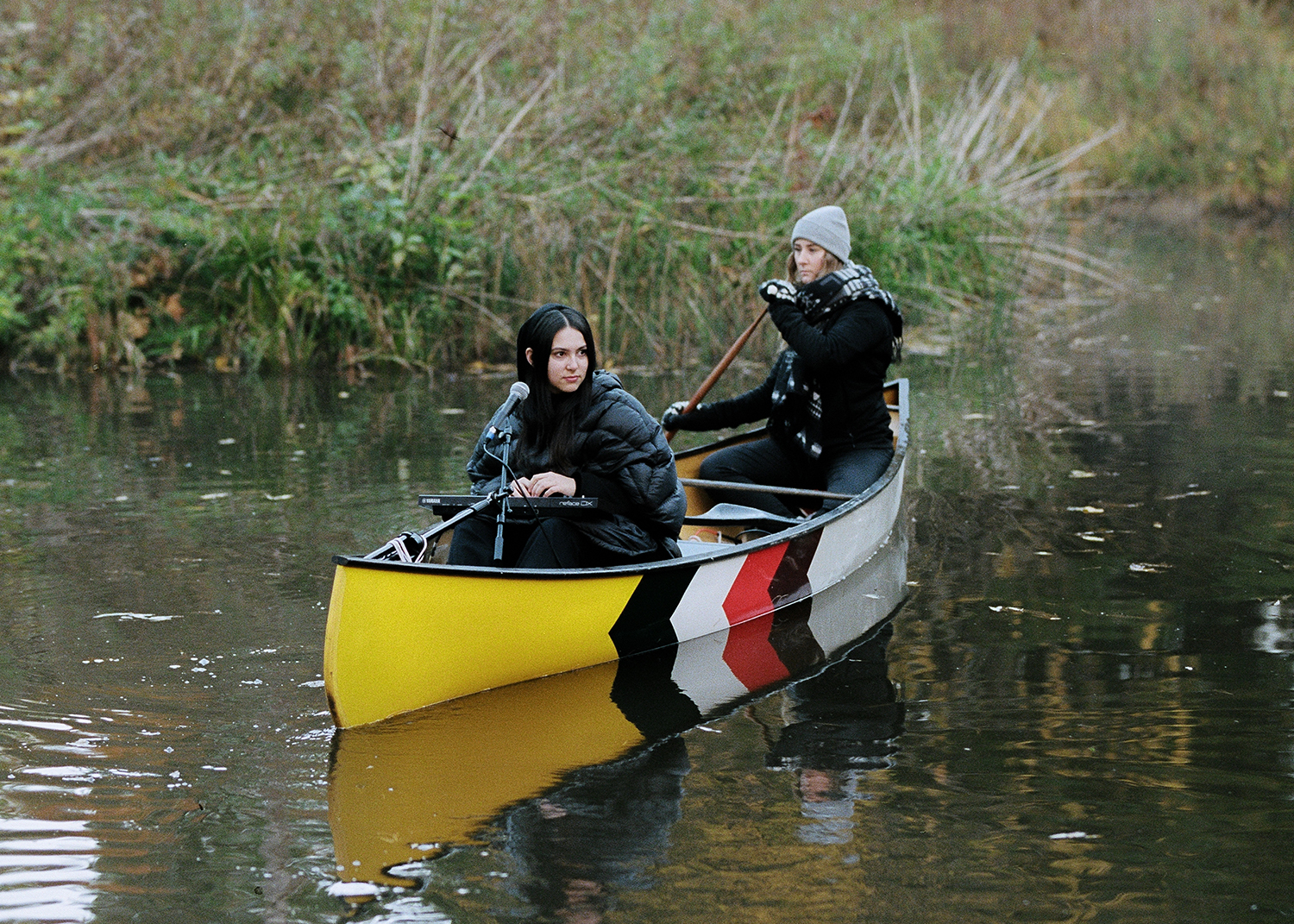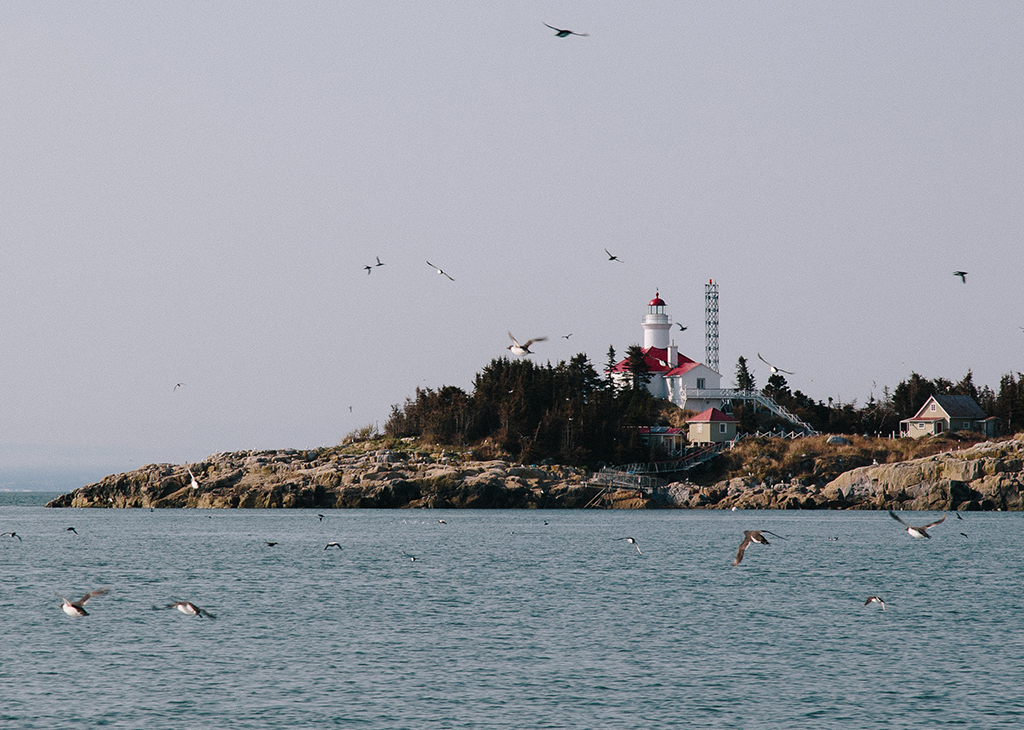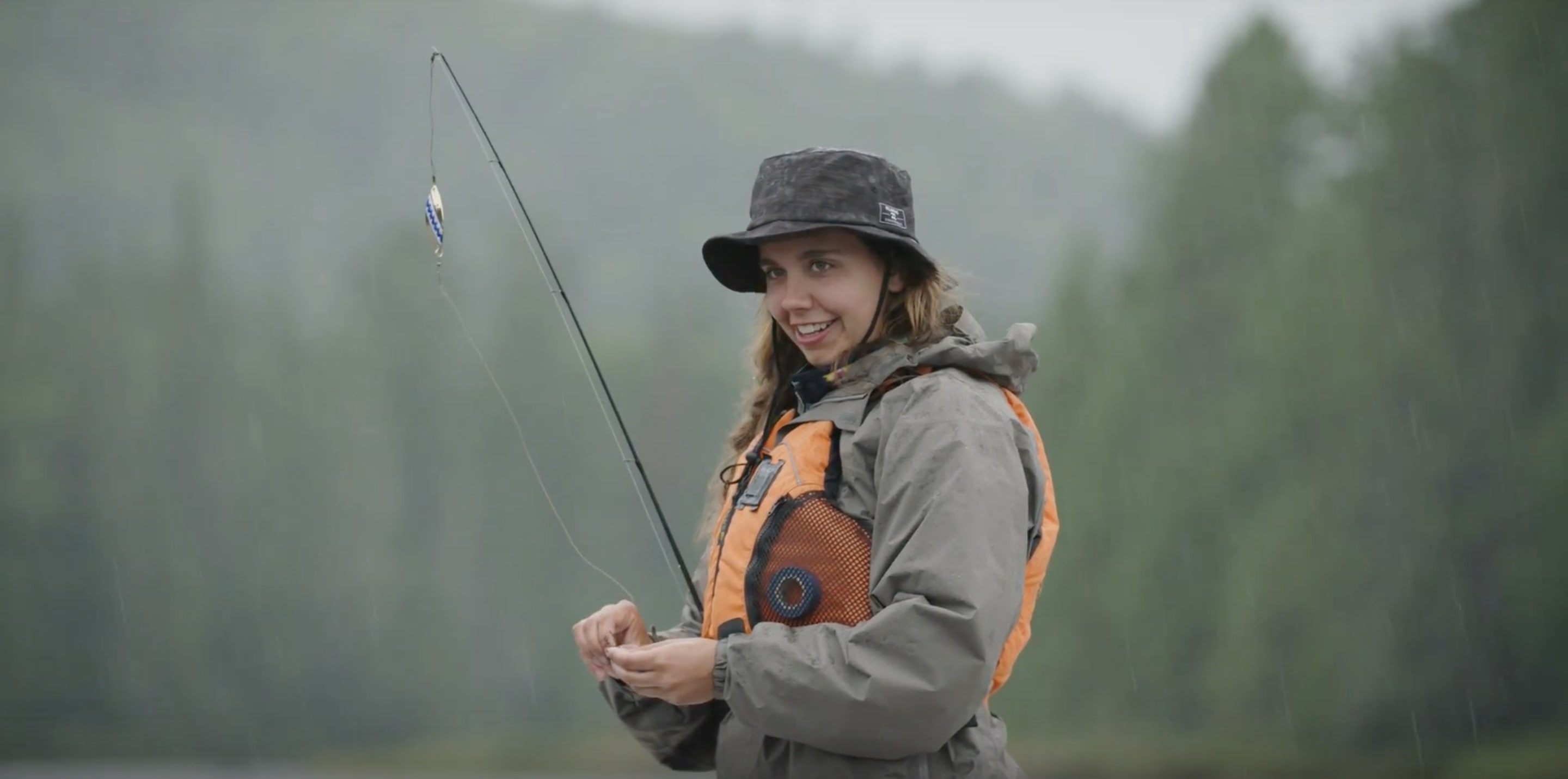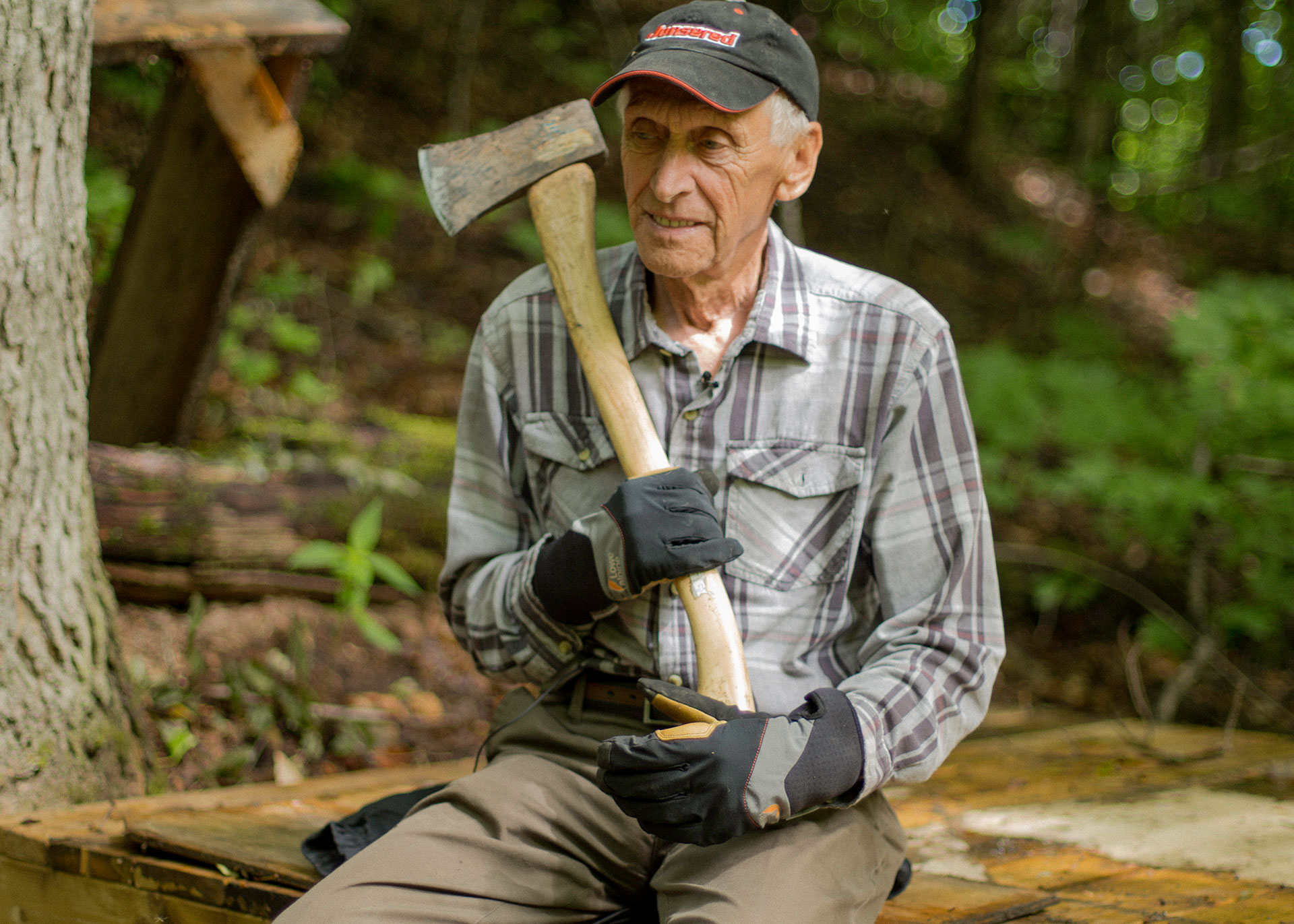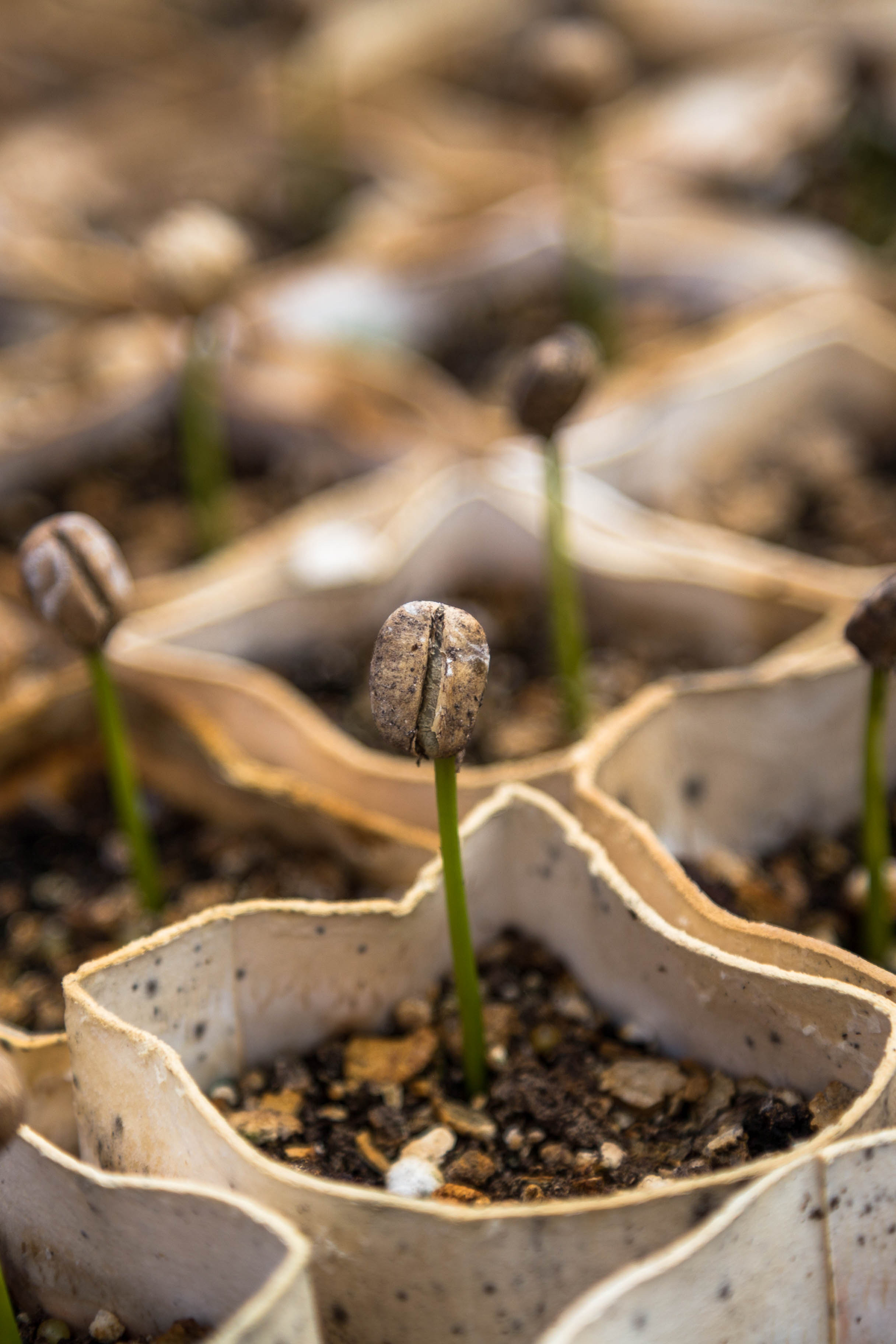Visual Essays
Hoover Dam
The backstory.
In full bloom, we see nature’s bright palette of desert hues come to life, and simultaneously, the once-slow stride of environmental change happen right before our eyes.
PHOTOS Jamey Stillings TEXT Jeremy Young
Lake Mead is America’s largest reservoir, supplying water and power from the Colorado River to much of the Southwest via the great Hoover Dam. For 8 million people, it provides a vital source of hydroelectric power, as well as water for drinking and irrigation for another 18 million people.
This dam, a marvel of modern engineering and construction, provided opportunities for thousands of unemployed workers during the Great Depression, and has served as a benchmark of tourism in the Southwest for 80 years.
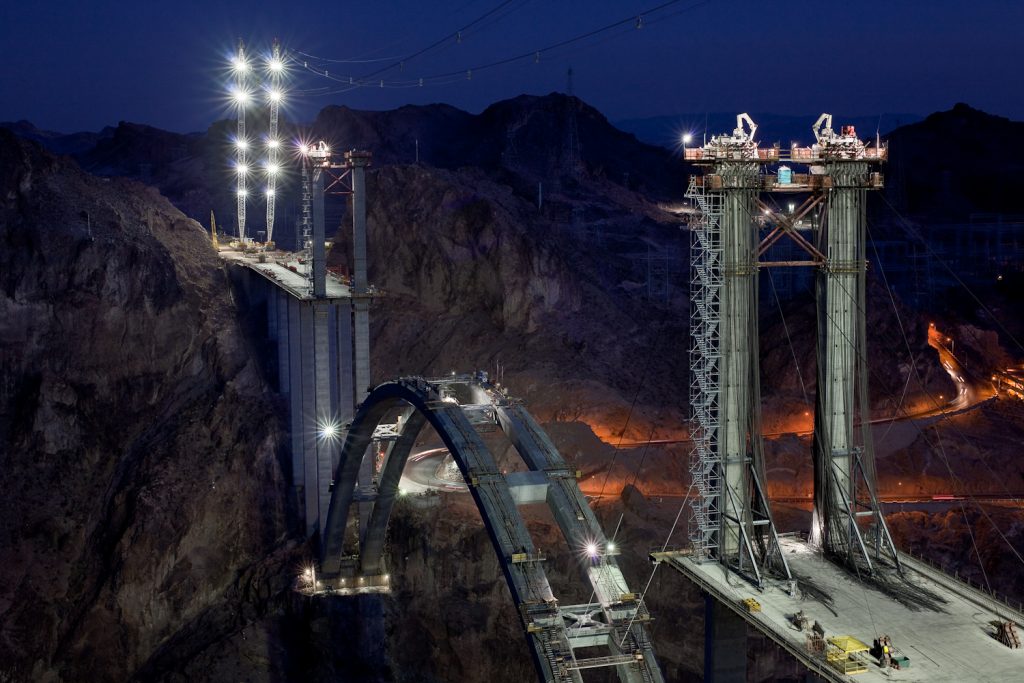

Its sheer immensity is a metaphor for the human ability to tame the wild, and an enormous source of pride for most Americans.

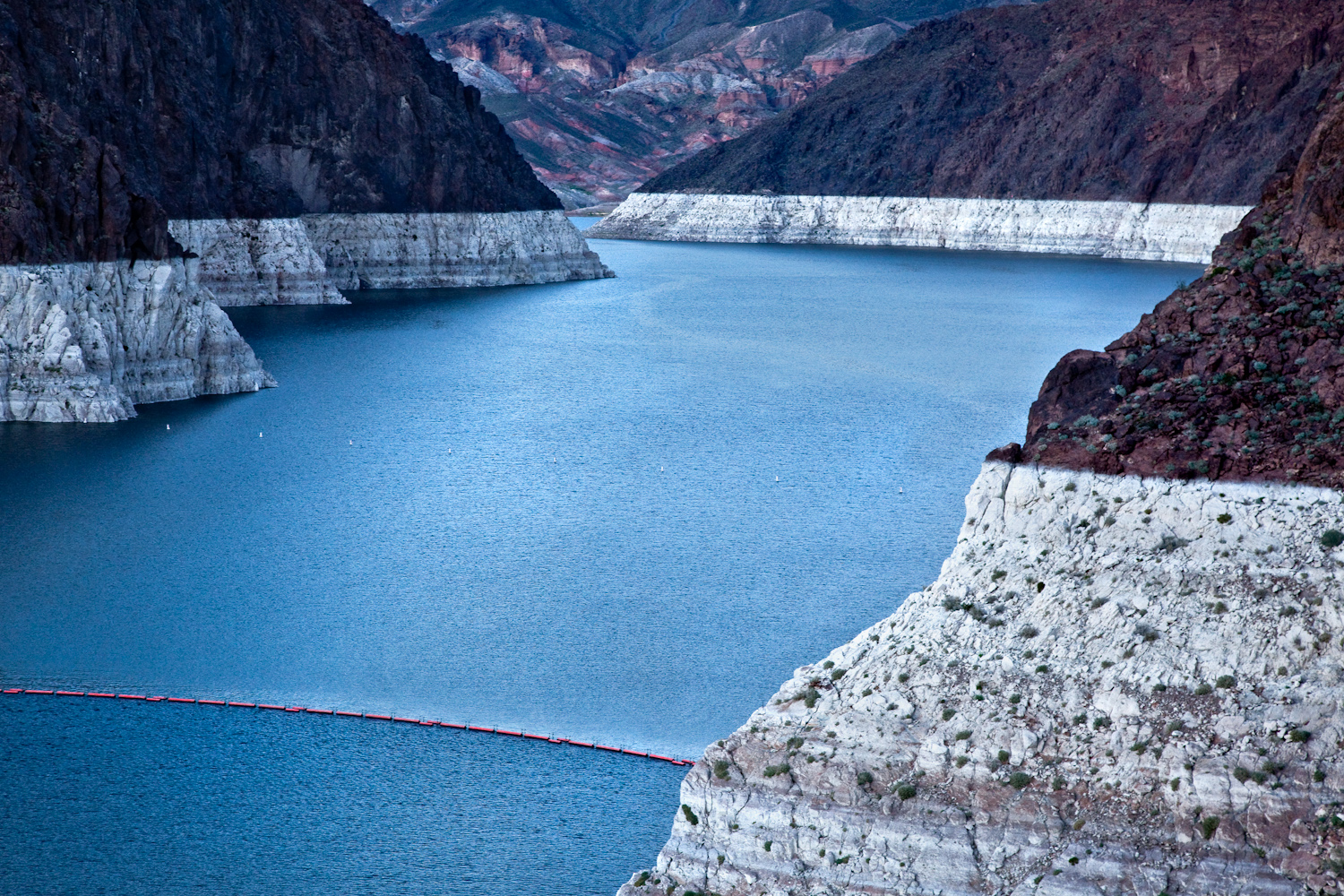
Clinging to the dam’s indispensability, Las Vegas constructed a new $800 million pipeline to ensure its water supply does not run out; the top of the lake will soon dip beneath the height of the first two pipelines.
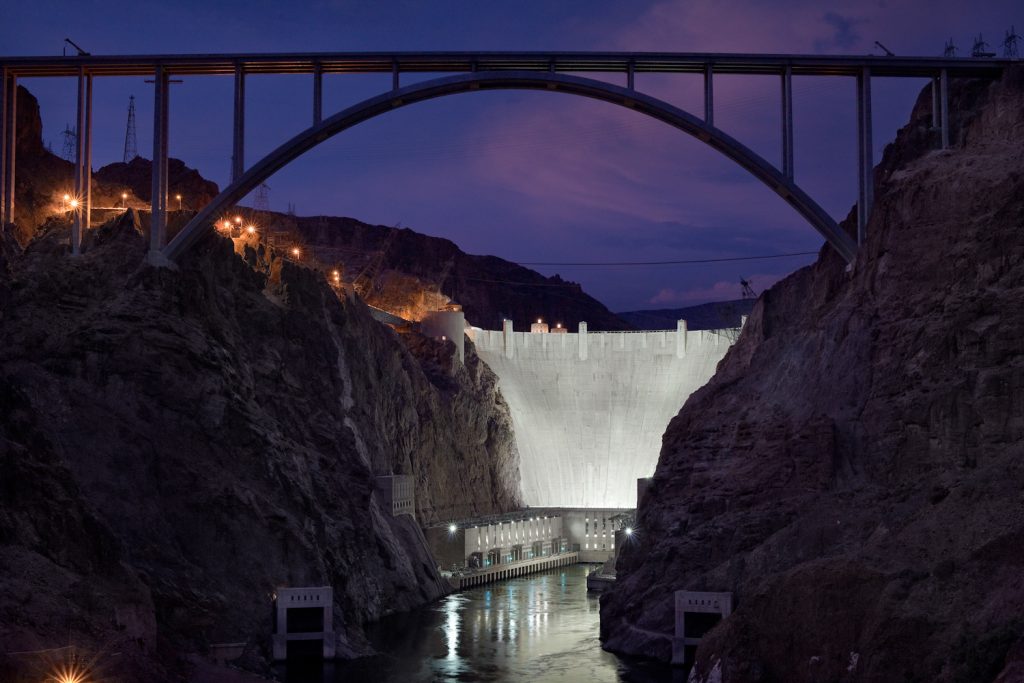
The lake loses close to seven feet per year just from evaporation—clearly, tapping more energy from this diminishing source is no viable solution.
Its construction has also made irreversible alterations to the Colorado River Valley landscape, endangered native marine life, and changed the salinity of the river.
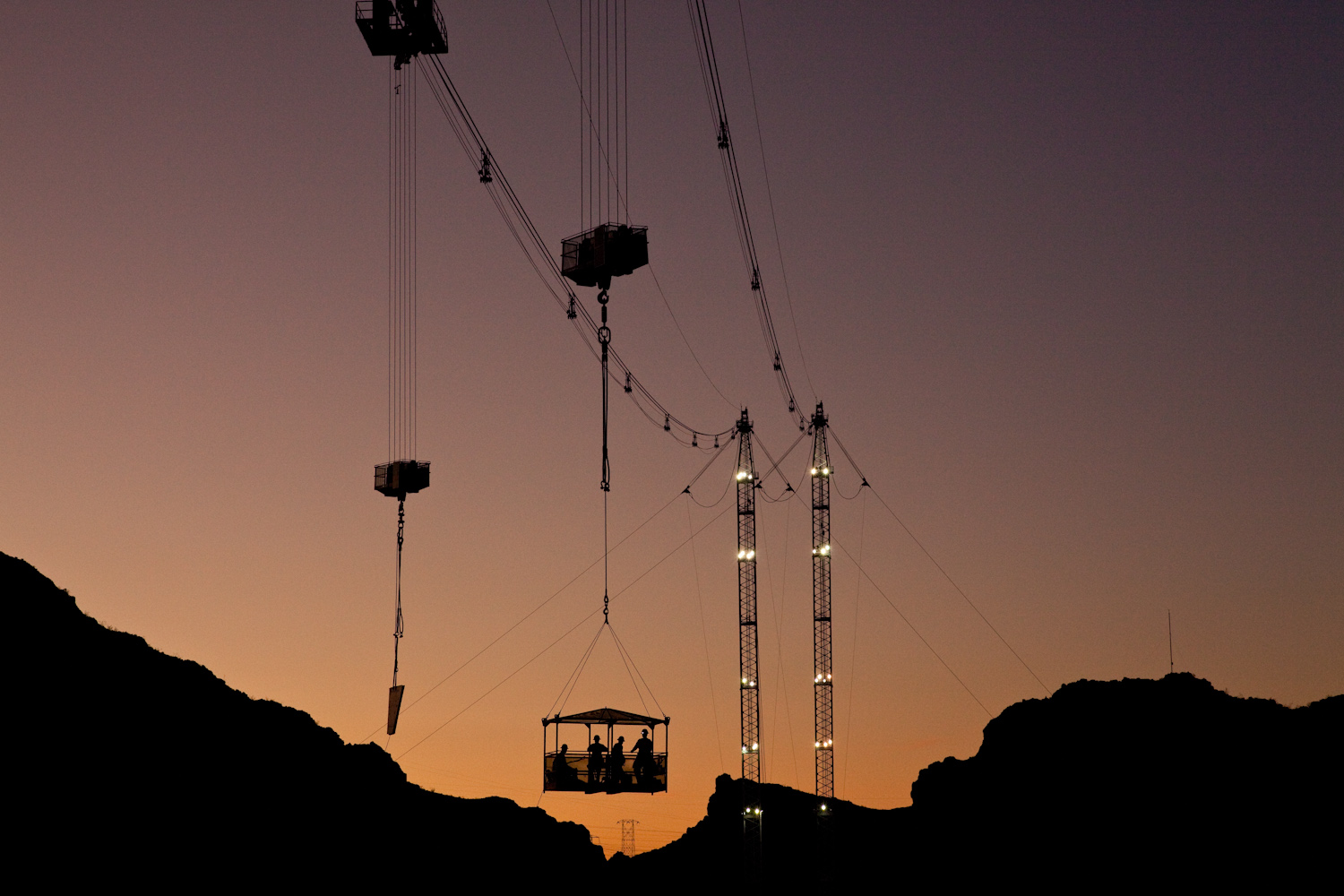
—
Our Cover Story
This deeply compelling Jamey Stilling's photograph of Lake Mead and the Hoover Dam is the cover of Issue 03.
Magazine 03






